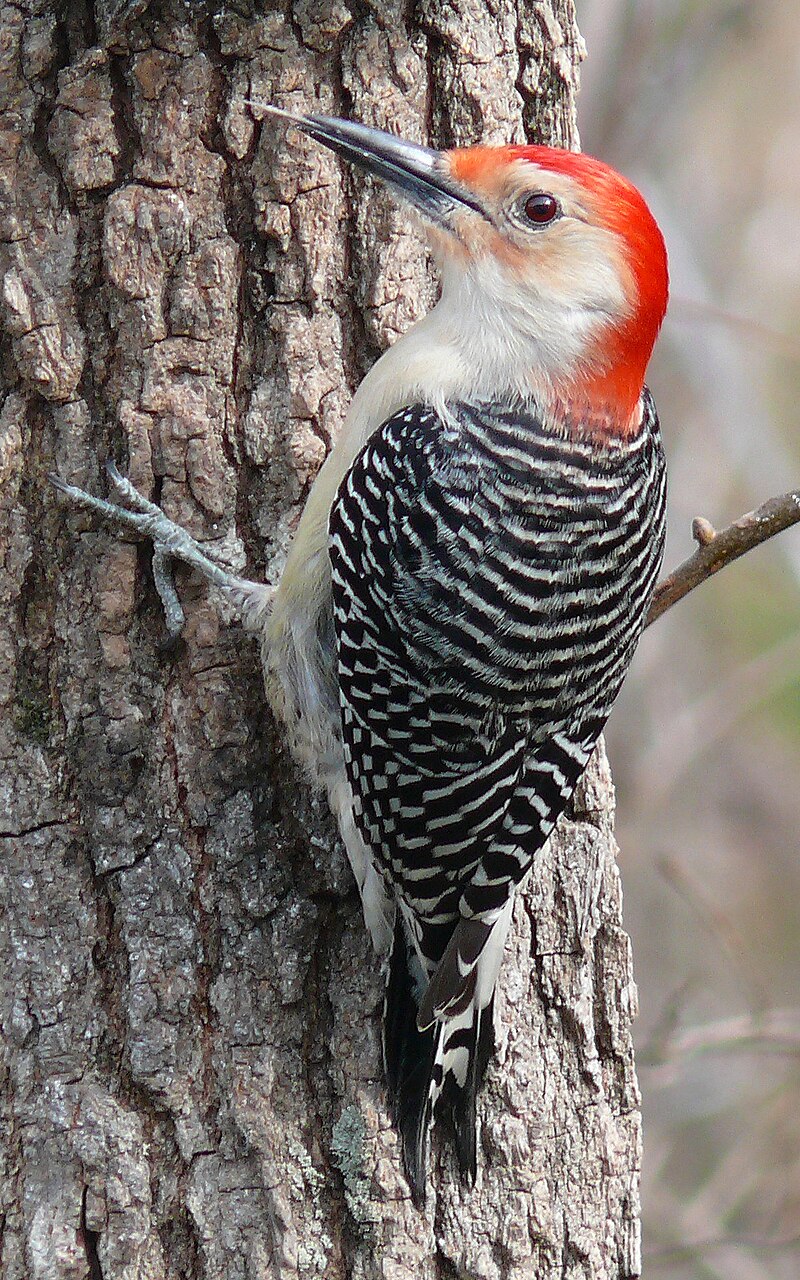Revealing the Keys of Woodpeckers: Behavior, Habitat, and A Lot More
Woodpeckers, with their distinct behaviors and specialized adjustments, have lengthy attracted scientists and nature enthusiasts alike. These amazing birds have a series of fascinating keys that clarified their survival techniques, environment choices, and elaborate communication techniques. By uncovering the mysteries bordering woodpeckers' behavior and habitat selections, a much deeper understanding of these bird marvels arises, using a glimpse into their interesting globe. So, what makes these birds genuinely extraordinary, and how do they navigate their environment with such precision and ability? Let's check out the fascinating realm of woodpeckers and unravel the enigmatic information that make them such appealing subjects of research study.
Woodpecker Habits Insights
In checking out woodpecker habits, an interesting display of specialized abilities and adjustments arises, losing light on their remarkable ecological particular niche. Woodpeckers, recognized for their distinct drumming on trees, possess a selection of behavioral qualities that contribute to their survival and success in their setting.
Furthermore, woodpeckers display an one-of-a-kind feeding behavior identified by their capacity to remove insects from tree bark using their specialized beaks. Their lengthy, barbed tongues aid in recording prey, while their solid neck muscles give security and precision during pecking motions. This feeding technique allows woodpeckers to accessibility surprise insect larvae and remove them with impressive effectiveness.
Environment Preferences and Choice
What variables affect the habitat preferences and option of woodpeckers? One essential variable affecting woodpecker environment selection is the schedule of appropriate nesting websites. Woodpeckers commonly choose forests with a mix of fully grown trees that supply sufficient possibilities for tooth cavity excavation.
In addition, woodpeckers reveal a choice for environments with an abundant supply of food sources. They are largely insectivorous, feeding on beetles, ants, larvae, and other bugs discovered in rotting timber or tree bark. Woodpeckers have a tendency to favor woody areas with a varied insect population to fulfill their nutritional needs.
Moreover, the visibility of dead or worn out trees is one more essential consider woodpecker habitat option. These trees not only supply food sources but also supply suitable substrate for dental caries excavation. Dead trees are essential for the maintenance of healthy woodpecker populations, as they play a vital role in the woodpeckers' life process and community characteristics.
Feeding Practices and Diet Plan Structure
Woodpeckers show a specialized feeding habits concentrated on foraging for pests within various habitats. Their diet mostly contains bugs such as beetles, ants, caterpillars, and spiders, which they situate by touching on tree bark and listening for the noise of movement inside. Woodpeckers utilize their strong beaks to pierce into the wood and their lengthy, barbed tongues to remove victim from holes. In addition to bugs, woodpeckers likewise take in tree sap, fruits, useful site nuts, and seeds, including range to their diet plan depending on the period and availability of food resources.
The foraging techniques of woodpeckers are well-adapted to their arboreal way of life. Woodpeckers play an important role in maintaining the health of woodlands by regulating insect populaces and assisting in the disintegration of wood.
Drumming Appears and Communication
Using rapid drumming audios on numerous surface areas, woodpeckers employ a distinct form of communication to indicate territory boundaries and attract friends. This drumming behavior is not just a means of interaction but likewise works as a method see here now for woodpeckers to establish their visibility within a particular location. The strength, rate, and pattern of the drumming can convey vital info to other woodpeckers around.
Woodpeckers make use of drumming sounds to introduce their presence in a territory and to advise off potential intruders. The loud and recurring nature of the drumming serves as a clear signal to various other woodpeckers that the area is already claimed. This helps in reducing disputes and decreasing physical battles between individuals.

Survival Adaptations and Specialized Composition

Final Thought
To conclude, woodpeckers show distinct behaviors, such as drumming audios for interaction, and have specialized makeup for survival in their chosen habitats. Their feeding practices and diet regimen composition even more demonstrate their flexibility to different environments. By understanding these facets of woodpeckers, researchers and conservationists can much better secure and maintain these remarkable birds and their check it out environments.